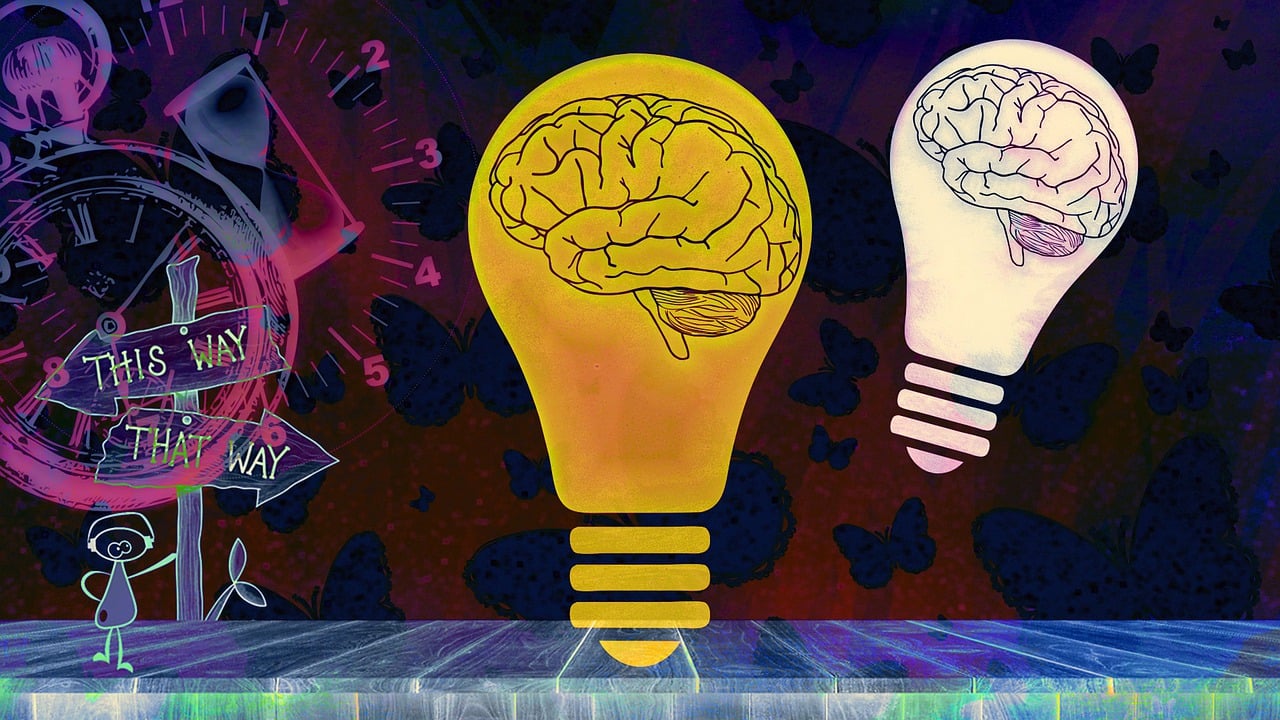Tony Attwood is a renowned world expert on Autism and Asperger Syndrome. He travels the world teaching professionals how to encourage people with these conditions.
 Steve Latham
Steve Latham
His is not an ivory tower specialisation, however, since his own son has Aspergers.
His advice comes, then, with the added edge of personal experience.
One of the main problems in diagnosis, however, is that girls present differently. Whether through nature or nurture, biology or socialisation, girls are more emotionally aware and competent.
Consequently, where boys may not know how to moderate their behaviour, girls try to copy what they see other girls in school doing.
In this way they can satisfy their desire to ‘fit in’ and belong; to not stand out with their behaviour, which even often seems strange to themselves, and which they frequently want to get rid of. They are, therefore, more able to ‘pass’ for what is regarded as ‘normal’. It is when the teen years strike, however, that difficulties kick in.
 Boys are ‘simpler’ in many ways. They can just play football, kick a ball around the playground.
Boys are ‘simpler’ in many ways. They can just play football, kick a ball around the playground.
The hormonal and emotional lives of teenage girls, however, are much more complicated.
Some will practise in the evenings before the mirror, in order to learn the behaviour and mannerisms which might help them feel included in their peer groups.
For some, because they do not seem to fit in with their female peers, they begin to wonder if they might actually be a ‘boy’.
Indeed the prevalence of gender confusion among girls with autism is greater than the general population.
Some take advantage of the on-line support-groups for trans-teenagers, to explore their gender identity.
Attwood, however, has begun to wonder if this may result in mistakes, because Autistic and Asperger teens so long for acceptance.
Consequently, they may mistake the unconditional affirmation they receive for a confirmation that they are genuinely trans-gender. Instead, he suspects, it may be another form of copying, which arises from the Autistic or Asberger condition itself.
He does not appear hostile to gender reassignment as such; but his observation raises doubts if there may be an unseemly rush to diagnosis in the case of some Autistic or Asperger teenagers.
He therefore advocates what is called Acceptance and Commitment Therapy, or ACT.
Here the subject is encouraged to neither affirm, nor deny, nor to control, one’s feelings and emotions.
 Instead, one is encouraged to Accept one’s own reactions, then to Choose a valued direction, and finally Take Action.
Instead, one is encouraged to Accept one’s own reactions, then to Choose a valued direction, and finally Take Action.
Instead of automatically believing, or disbelieving, one’s inner thoughts, and immediately proceeding to action, there is then a break in the process.
Rather than seeking to remove uncomfortable feelings, one is encouraged to stay with them, as in mindfulness training, and then make considered decisions. It is interesting that this particular example of gender confusion leads one to not automatically seek change, but to accept one’s confused feelings, and explore what they may mean.
And is not acceptance, from self and from others, what we all long for? (The Prisma’ memoirs. March, 2016)
(Photos: Pixabay)












.jpg)












